Printing classification
 Jun 05,2018
Jun 05,2018

 Vera Ling
Vera Ling
Printing can be roughly divided into four basic categories: (a) relief printing; (b) gravure printing; (c) lithographic printing; (d) stencil printing.
Letterpress printing is one of the oldest printing methods. It is printed using a relief with a raised surface. During printing, the ink is applied to the surface of the pattern and then imprinted on the paper. The ink on the surface of the pattern is transferred to the surface of the paper to form a print. Handprint printing, Leno\'s full-line caster printing, lead printing, electro-printing and photo-engraving are all relief printing.
Gravure printing is a printing method in which the printing plate forms a concave character or image by manually engraving the line or engraving it mechanically. When printing, the line or groove is first filled with ink, and the prepared paper is pressed against it. The paper sticks the ink away to form a print. Etching, acupuncture and gravure are gravure printing. Lithography is sometimes called chemical printing, meaning that the printed image is on the same plane as the printing plate. It is based on the "oil and water is not mixed" principle to achieve printing. This type of printing is performed by mechanically or manually presenting the image on a stone or metal surface, and then chemically treating the surface such that the image portion is ink-receptive and the other portions are not ink-repellent. When printing, only ink-infected parts of the image are transferred to the paper to form a print. Photographic printing, photolithography and offset printing are all lithographic printing.
Stencil printing includes stencil printing, stencil printing, spray printing, and screen printing. The principle of stencil printing is: the printing plate (the aperture of the printing plate or other printing plate can be used to make the ink through the hole) at the time of printing, the ink is transferred to the substrate (paper, ceramic, etc.) through the hole of the stencil through a certain pressure. ), forming an image or text. The stencil printing is the simplest stencil printing, beginning in the late 19th century. This type of printing is made on a special type of wax paper, and a graphic version of the wax paper is made by a typewriter or a stylus, and an ink roller is used for printing on a wax paper plate. The desired printing effect can be obtained on the substrate. In stencil printing, the most widely used is screen printing.
Modern screen printing is not only technically different from the other three types of printing, but it is the most widely used of the four printing types. It can be printed on paper, cardboard, wood products, plastics, textiles, ceramics, metals, furs, and composites of several later materials. It can be used not only for printing flat objects, but also for printing round, convex, concave and irregular shaped objects. Because of this, screen printing is an inevitable product. However, since the technical details about it are a trade secret, its development is only going on quietly. But no matter what, it is continuously progressing and developing, and it has broad prospects.
Screen printing is the attachment of a stencil with an image or pattern to a screen for printing. Usually the screen is made of nylon, polyester, silk or metal mesh. When the substrate is placed directly under the screen with the stencil, the screen-printing ink or paint passes under the squeegee of the squeegee and passes through the mesh in the middle of the screen and is printed on the substrate (the squeegee has manual and Automatic two). The stencil on the screen seals a portion of the mesh aperture so that the pigment does not pass through the screen, and only the image portion can pass through, so that only the image portion is imprinted on the substrate. In other words, screen printing actually uses ink to permeate through the printing plate, which is why it is called silk screen printing rather than silk screen printing or silk printing because not only silk is used as a screen material, but also nylon, Polyester fibers, cotton, cotton, stainless steel, copper, brass, and bronze can all be used as mesh materials.

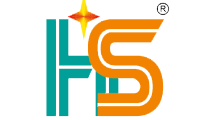



 Home
Home China's Packaging And Printing Industry
China's Packaging And Printing Industry  You May Also Like
You May Also Like
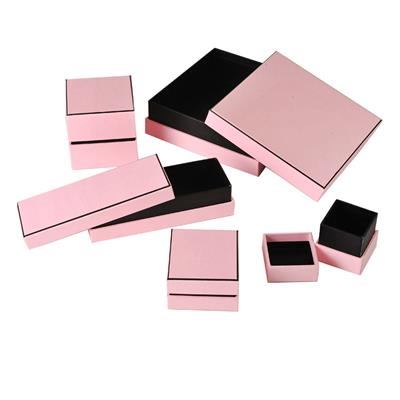

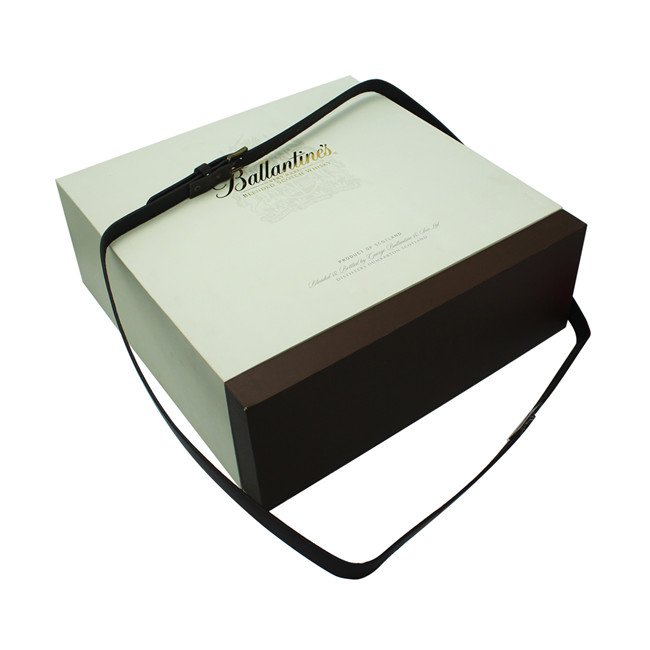
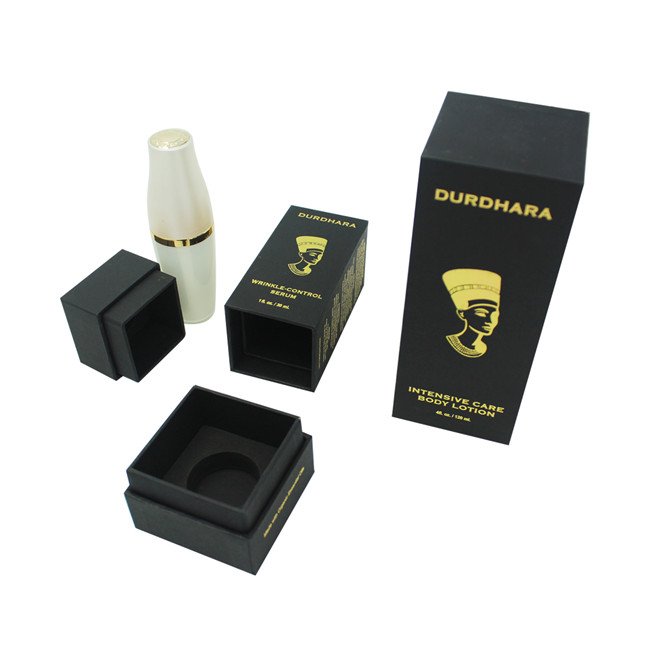



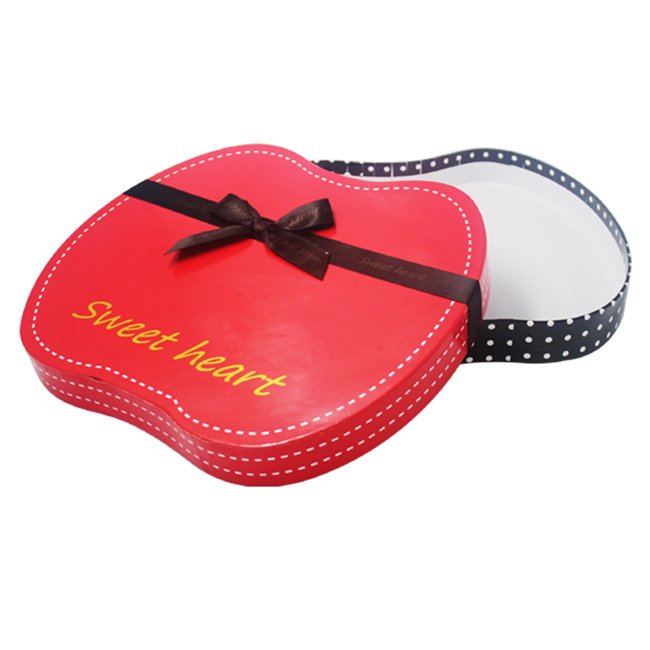


 Tel
Tel
 Email
Email
 Address
Address














